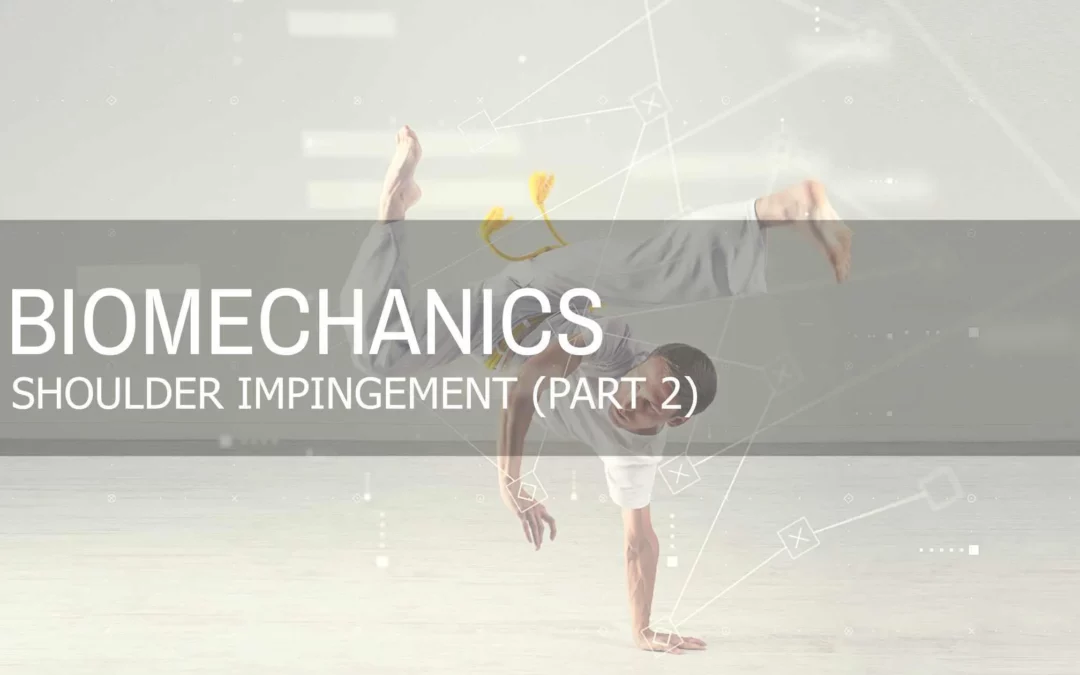What is Shoulder Impingement?
The shoulder is made up of the clavicle and the scapula. It is surrounded by the rotator cuff (a grouping of muscles and tendons surrounding the shoulder blade) and bursa (fluid-filled sacs) which connects the shoulder with the upper part of the arm (humerus). Furthermore, the rotator cuff muscles, responsible for lifting and rotating movements, act as a major stabilizing force to the shoulder and upper arm as well as a cushioning layer to protect the joint from minor bumps and bruises. However, if there is a strength imbalance, the shoulder joint will tilt forward and downward relative to the ribcage. This causes excess friction and pressure, and inadequate space between the joint and socket (wearing down of the muscle tissue), it can lead to inflammation and restriction of the soft tissue within the joints, and thus, shoulder pain. This condition is called shoulder impingement.
How Does This Happen?
Overuse of the shoulder and repetitive overhead movements (such as swimming, pitching a ball, and lifting weights), previous falls and injuries, and hunched over posture are common causes of shoulder impingement. These things put excess pressure on the rotator cuff, leading to a muscular strength imbalance and a limited range of motion (without experiencing pain and discomfort).
This distortion can also put extra strain on the rib cage and cause respiratory imbalances, such as the shallowing and shortening of breath, resulting in inefficient energy use and movement patterns.
Signs of Shoulder Impingement
- Shoulder weakness
- Radiating pain from the front or back side of the shoulder and the side of the arm
- Pain and discomfort from lifting, throwing and other dynamic movements
- Pain and discomfort from sleeping on your side
- Restricted range of motion for reaching overhead and drawing the arm behind the back
How Do You Fix it?
To restore function and strength to the shoulder joint, we must first address the rotator cuff. Remember, this specific grouping of muscles is responsible for lifting and external rotation movements and acts as a major stabilizing force for the shoulder and the upper arm. This means that stabilization, through stretching and strengthening, is key.
We recommend the following exercises with the aid of resistance bands and fascial release ball:
- Release – Infraspinatus
- Activate – Infraspinatus / band external rotation
- Integrate – Beggars pose
- Strengthen – Seated scaption




